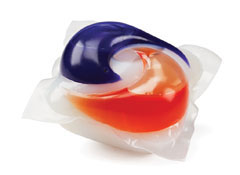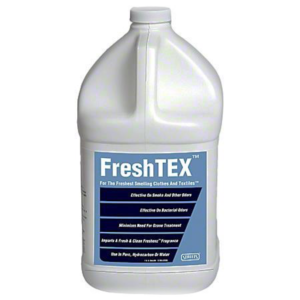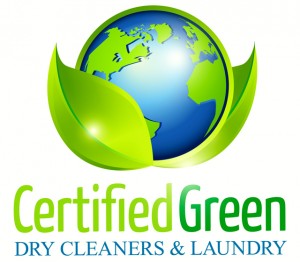Laundry detergent pods remain a health hazard
Manufacturers must develop child-safe packaging and warning labels
Laundry detergent pods are convenient, but there’s a dark side to these cleaners from Arm & Hammer, Purex, Tide, and other brands: Since early 2012, poison-control centers nationwide have received reports of nearly 7,700 pod-related exposures to children age 5 years and younger.
As part of the upcoming National Poison Prevention Week (March 17-23), Consumers Union, the policy and advocacy arm of Consumer Reports, is warning the public of this health hazard and pressing industry to do more to protect children.
Laundry detergent pods have been around since the short-lived Salvo tablets of the 1960s and ’70s. In 2006, Cot’n Wash reintroduced them to the U.S. market with the launch of Dropps. It wasn’t until Procter & Gamble unveiled Tide Pods in February 2012, however, that these cleaners started to gain widespread appeal. (First-year sales of Tide Pods, which have at least 75 percent of the pod market, were projected to reach $500 million.)
We first warned of the dangers of detergent pods in May 2012, when there had been about 700 reports to poison-control centers regarding young children. Nearly 6,300 exposures occurred in 2012 compared with more than 7,800 exposures for all conventional detergents in 2011 (last year’s totals are not yet available for those cleaners).
Pod detergents have just 6 percent market share, according to SymphonyIRI Group. Why then the disproportionate number of pod exposures? As the Centers for Disease Control and Prevention has noted, “Children might be attracted to pods because their colorful appearance and size are similar to candy.” (A Tide Pod is shown below.)
A further concern was the types of symptoms pod exposures were causing. Swallowing conventional detergent might result in mild stomach upset, but with highly concentrated detergent pods the ingestion can cause excessive vomiting, lethargy, and gasping. In some reported cases, victims stopped breathing and required ventilation support.
Late last year, we urged consumers with young children to keep detergent pods locked up and out of reach. We also called on the Consumer Product Safety Commission to investigate pods and consider stricter regulations. And we asked manufacturers to improve the safety of these products. Procter & Gamble had already said it was replacing the single-latch cover used on some its containers with a double-latch version, designed to make the packages tougher to open.
But as sales increased, so did the exposures. In October 2012, the CDC called the situation “an emerging health hazard,” with young children being most vulnerable. A month later, the CPSC followed with a safety alert.





